Also by the author:
Black Flag
Bloody Dawn
Thomas Goodrich




TO DONALD DANKER
Professor Emeritus, Washburn University Indian warfare is, of all warfare, the most dangerous, the most trying, and the most thankless. Not recognized by the high authority of the United States Senate as war, it still possesses for you the disadvantages of civilized warfare, with all the horrible accompaniments that barbarians can invent and savages execute. In it you are required to serve without the incentive to promotion or recognition; in truth, without favor or hope of reward.
-Captain Charles King
Viii
ix
... 159
John Chivington, page 2
The Battle of Platte Bridge, 11
Map-The northern Plains, 17
Red Cloud, 23
Margaret Carrington, 26
Henry Palmer, 44
Map-The southern Plains, 51
Elizabeth and George Custer, 54
Attack on the Overland Route, 63
Frederick Wyllyams after the fight at Fort Wallace, 67
The Kidder Massacre, 72
James Butler "Wild Bill" Hickok, 81
William F. "Buffalo Bill" Cody, 88
George Forsyth, 95
The Battle of the Arickaree, 104
Sigmund Shlesinger, 113
Catherine German, 123
Albert and Jennie Barnitz, 134
Satanta, 150
A Pawnee tepee, 160
A Comanche warrior, 169
The Scalp Dance, 175
Map-Southern battleground, 184
Addie and Julia German, 192
Frank and Alice Baldwin, 204
Washakie, 208
George Crook, 228
The Battle of the Rosebud, 230
Edward Godfrey, 237
Marcus Reno, 243
Charles Windolph, 252
Stanislas Roy, 255
John Finerty, 269
Map-Northern battleground, 271
Sitting Bull, 289
 n the summer of 1846 young Francis Parkman of Boston and Harvard traveled across the High Plains with the object of "observing the Indian character" in preparation for writing a multi-volumed account of the rise and fall of the French empire in North America, a work destined to become the greatest narrative history ever produced by an American author. On a June afternoon Parkman and his companions came upon a Sioux encampment along Horse Creek, a tributary of the Platte River in what is now Colorado. He described the scene in The Oregon Trail, published in 1849:
n the summer of 1846 young Francis Parkman of Boston and Harvard traveled across the High Plains with the object of "observing the Indian character" in preparation for writing a multi-volumed account of the rise and fall of the French empire in North America, a work destined to become the greatest narrative history ever produced by an American author. On a June afternoon Parkman and his companions came upon a Sioux encampment along Horse Creek, a tributary of the Platte River in what is now Colorado. He described the scene in The Oregon Trail, published in 1849:
On the farther bank stood a large and strong man, nearly naked, holding a white horse by a long cord, and eyeing us as we approached. This was the chief... called "Old Smoke." Just behind him, his youngest and favorite squaw sat astride a fine mule, covered with caparisons of white skins, garnished with blue and white beads, and fringed with little ornaments of metal that tinkled with every movement of the animal. The girl had a light clear complexion, enlivened by a spot of vermilion on each cheek; she smiled, not to say grinned, upon us, showing two gleaming rows of white teeth. In her hand she carried the tall lance of her unchivalrous lord, fluttering with feathers; his round white shield hung at her back. Her dress was a tunic of deerskin, made beautifully white by means of a species of clay found on the prairie, ornamented with beads, arranged in figures more gay than tasteful, and with long fringes at all of the seams. Not far from the chief stood a group of stately figures, their white buffalo robes thrown over their shoulders, gazing coldly upon us; and in the rear, for several acres, the ground was covered with a temporary encampment. Warriors, women, and children swarmed like bees; hundreds of dogs, of all sizes and colors, ran restlessly about; and close at hand, the wide shallow stream was alive with boys, girls, and young squaws, splashing, screaming, and laughing in the water.
Parkman and his party, however, were not the only whites present.
At the same time a long train of emigrants with their heavy wagons was crossing the creek, and dragging on in slow procession by the encampment of the people whom they and their descendants, in the space of a century, are to sweep from the face of the earth.
What had been a description suddenly turned into a prediction-a prophecy of doom for the Indians laughing and splashing in the creek. Moreover, this prediction came true in essence and did not require a century to do so. By the time Parkman died in 1893 the Sioux and all of the other Great Plains tribes between the Missouri River and Rocky Mountains, although not swept from the face of the earth, had been reduced to a pathetic remnant confined to squalid reservations. Where they had hunted buffalo, white farmers grew wheat and white ranchers herded cattle. On their former campsites stood fast-growing towns with names such as Cheyenne and Sioux Falls-sole, ironic reminders of what had been but no longer was.
Writing in his final report as commanding general of the U.S. Army before retiring in 1883, General William T. Sherman explained how and why it happened:
The Army has been a large factor in producing this result, but it is not the only one. Immigration and the occupation by industrious farmers and miners of lands vacated by the aborigines have been largely instrumental to that end, but the railroad which used to follow in the rear now goes forward with the picketline in the great battle of civilization with barbarism, and has become the greater cause.
The only error in Sherman's explanation is a curious one for a general to commit: Not only was the army a "large factor" in dispossessing the Indians, it was a necessary one. Without it, the lands occupied by the "industrious farmers and miners" would not have been vacated and it would have taken far more time and cost much more blood to build the railroads that transported them and other settlers onto those lands in ever-increasing, ultimately overwhelming numbers. The Plains Indians were proud, courageous, and above all, fierce warriors. When, instead of just a few hunters and trappers, hundreds of farmers, ranchers, miners, and railroad and town builders began moving into their lands, they struck back. They did so in the same way as against enemy tribes-murdering, mutilating, raping, torturing, and occasionally sparing women and boys to be turned into squaws and warriors. Panic-stricken and crying for vengeance, the surviving whites demanded protection and retaliation, a clamor taken up by Western newspapers and politicians. That meant sending in the army-to be precise, the regulars. Wasn't that what they were paid for?

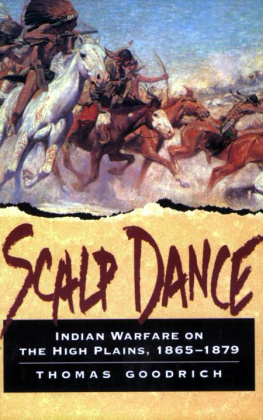

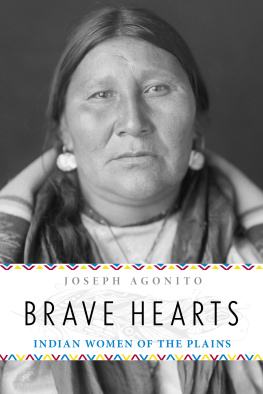


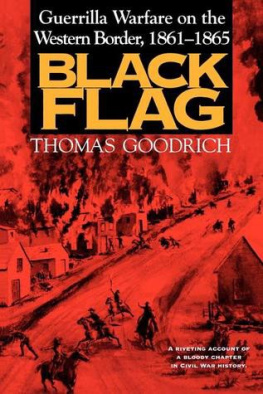
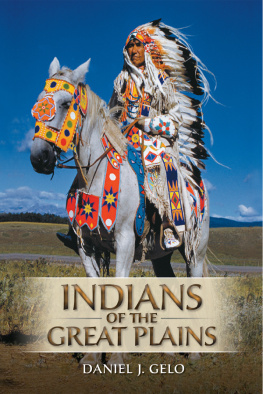
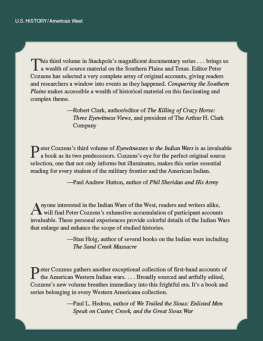
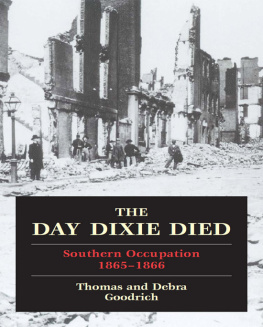
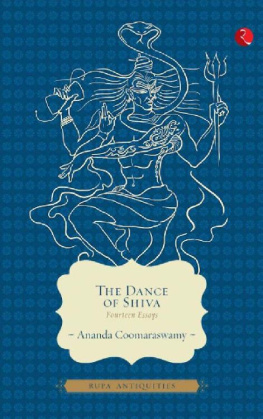


 n the summer of 1846 young Francis Parkman of Boston and Harvard traveled across the High Plains with the object of "observing the Indian character" in preparation for writing a multi-volumed account of the rise and fall of the French empire in North America, a work destined to become the greatest narrative history ever produced by an American author. On a June afternoon Parkman and his companions came upon a Sioux encampment along Horse Creek, a tributary of the Platte River in what is now Colorado. He described the scene in The Oregon Trail, published in 1849:
n the summer of 1846 young Francis Parkman of Boston and Harvard traveled across the High Plains with the object of "observing the Indian character" in preparation for writing a multi-volumed account of the rise and fall of the French empire in North America, a work destined to become the greatest narrative history ever produced by an American author. On a June afternoon Parkman and his companions came upon a Sioux encampment along Horse Creek, a tributary of the Platte River in what is now Colorado. He described the scene in The Oregon Trail, published in 1849: